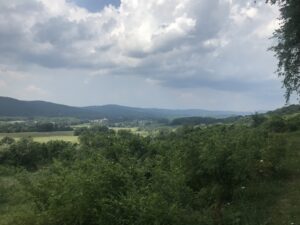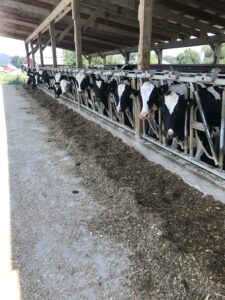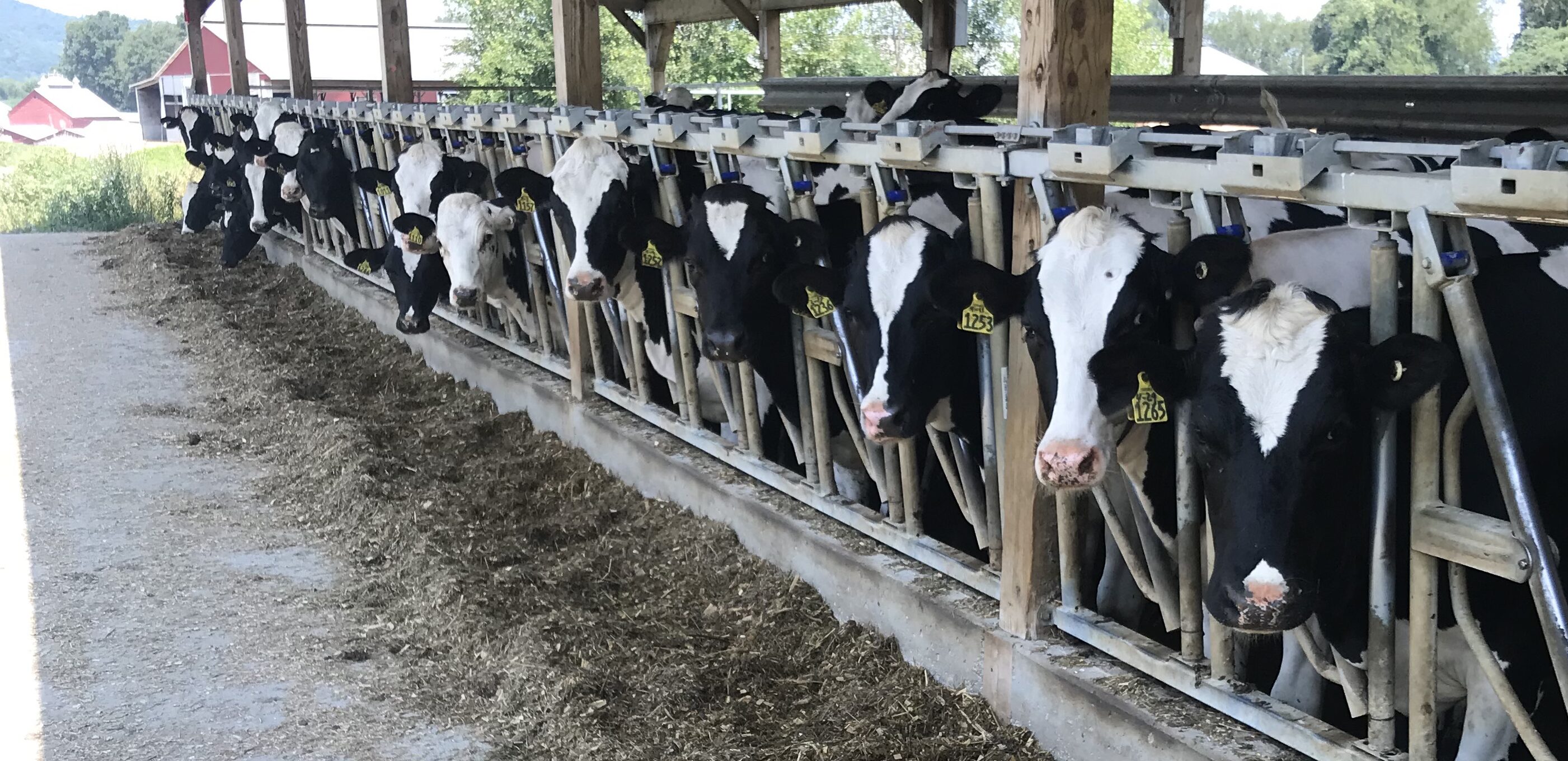“What’s a land trust?” is the response I get almost every time someone asks me about my internship. I’m always happy to explain, but I often wonder how the work of land trusts around the country can go unnoticed by so many?
As I work towards my master’s degree at the Bard Center for Environmental Policy (Bard CEP), I’m interning at the Columbia Land Conservancy (CLC), a land trust in the Hudson Valley of New York. After exploring several local conservation organizations, I became connected to the CLC and could tell immediately that they’re working hard to have deep and holistic impact in their community.
Columbia Land Conservancy
The Columbia Land Conservancy works to conserve farmland, forests, wildlife habitat, and the rural character of Columbia County, all while fostering and strengthening connections between people and the land. Since its founding in 1986, CLC has conserved more than 30,000 acres, helping to ensure that the county’s natural and agricultural resources will be preserved for future gen erations.
erations.
Like other land trusts, CLC largely conserves land through the purchase and/or donation of conservation easements. Easements are legal agreements that enable landowners to permanently protect their land while continuing to own and use it. CLC assists landowners in making land-use and planning decisions when crafting their easements, and then becomes the stewards of these lands, monitoring them to ensure their protection.
Conservation does not stop there at CLC. Currently, the organization manages 10 Public Conservation Areas, providing recreational opportunities to the residents and visitors of the county, and is engaged in state policy, environmental education, and farmland protection. By taking a broad approach to conservation, CLC strives to have a broad and lasting impact within Columbia County.
Protecting Farmland
I joined the Farmland Access, Resources, and Matching (FARM) team in early June. Working closely with two other dedicated staff, I began to familiarize myself with the history of agriculture in Columbia County, and the challenges faced by farmers in our area. Farmland protection takes many forms, and the FARM program attempts to provide support to both farmers and landowners in several ways with a variety of tools, including more traditional tools like conservation easements, and less typical services such as land linking (matching farmers who need land with interested landowners).
This work is largely informed by the challenge of land access in the Hudson Valley. Over the years, land prices have continued to rise and many farmers are looking to sell as they reach the age of retirement. This has created a large gap between what young farmers can afford to pay for land and what sellers expect to receive. This combination of factors has put farmland at risk of being lost to irreversible development.
Farmer – Landowner Match Program
My primary task at CLC has been working with CLC’s Farmer-Landowner Match program. The Match Program is an online database that connects farmers seeking land with landowners looking to lease or sell land (think online dating but for farmers and farms). With the help of staff like myself, the program provides farmers and landowners in the Hudson Valley with the resources and support needed to develop fair, secure and long-term farm leases.
I am currently in the process of conducting a series of interviews with some of the landowners and farmers that CLC has helped in the past. By speaking with them about their experience in the program, I am gleaning insights about the nuanced challenges of land access, as well as finding ways to improve the program. While the matching program has been successful, it is not a guaranteed solution to the issue of land access. Learning from past participants is one way CLC can increase the rate of successful matches and dodge avoidable mistakes.

So far, my work on the FARM team encompasses many of the lessons learned during my first year at Bard CEP, bringing together the social, economic and scientific aspects of land conservation and agriculture. It has been especially rewarding to engage in policy at the local level, working with and educating the people that federal and state policy is truly impacting.
Looking Forward
As I continue my work at CLC, I look forward to learning more about the dynamics of agriculture, how it connects to conservation, and how work can be done at a small scale to help push us in the right direction. It is my hope that organizations like CLC will put us on the path to a future where more people know about the vital roles land trusts play in conservation.
